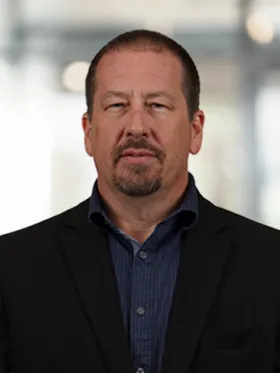In the landscape of government operations, securing Authorization to Operate (ATO) for new software has long been a labyrinthine process fraught with delays and inefficiencies. Traditionally, organizations have grappled with an arduous ATO process, which can take up to 18 months to navigate successfully. However, there's a growing recognition of the need to pivot towards a continuous ATO model, revolutionizing the way software is evaluated and maintained.
Continuous ATO represents a paradigm shift, emphasizing ongoing assessment and refinement rather than rigid start and end dates. By embracing this approach, organizations can keep their software current and up-to-date, mitigating the need for large-scale upgrades and proactively addressing vulnerabilities over time. This shift is particularly pertinent for government agencies operating within resource-constrained environments.
Government agencies with limited resources often find themselves facing unique challenges in navigating the ATO process. Continuous ATO offers a lifeline to these organizations, enabling them to stay current with more manageable resource allocations. By distributing effort over time and facilitating incremental changes, continuous ATO empowers agencies to navigate the modernization journey more effectively.
Challenges
However, the transition to continuous ATO is not without its challenges. Legacy systems and manual processes contribute to the accumulation of technical debt, hindering business agility and success. In many organizations the Chief Information Security Office (CISO) is a separate division, with processes distinct from those within the System Development and Infrastructure organizations.
Solutions
To address this, organizations must adopt a structured approach to modernization, carefully balancing risk aversion with the imperative for innovation. By building a solid foundation through Application Portfolio Management (APM) by accurate cataloging of systems, their inter relationships, and prioritization of capabilities, organizations can develop an effective modernization roadmap, to mitigate risks and pave the way for successful transformation.
Change management and strategic planning are paramount in navigating the complexities of modernization efforts. Agencies must prioritize collaboration across departments and stakeholders. This involves breaking down silos and fostering a culture of open communication and shared goals. It sounds simple, but in reality it is often a significant organizational change management initiative that takes time to complete—yet it is necessary for continuous ATO to succeed.
Meanwhile, the ATO processes need to be carefully integrated into the system development and infrastructure operations processes. By aligning efforts and resources, agencies can overcome obstacles and accelerate progress towards implementing continuous ATO.
The journey towards continuous ATO requires a holistic approach that encompasses people, processes and technology. By embracing collaboration, innovation, and strategic planning, agencies can navigate the complexities of modernization and realize the full potential of continuous ATO in enhancing government operations.
Additionally, investing in technology and automation tools is crucial for enabling continuous monitoring and assessment of software systems. Leveraging AI and machine learning algorithms can streamline the identification of vulnerabilities and potential risks, allowing agencies to proactively address security concerns.
Furthermore, agencies must prioritize training and upskilling initiatives to ensure that their workforce is equipped with the necessary skills to support continuous ATO practices. By investing in employee development, agencies can build a resilient and adaptable workforce capable of driving successful modernization efforts.
Conclusion
Ultimately, modernization roadmaps enabled through APM, tight integration of CISO and ATO processes within System Development and Infrastructure operations, and maximization of automation in the build, test, and deployment processes can enable the transition to continuous ATO. By embracing this approach, organizations can streamline processes, enhance security, and deliver better outcomes for constituents. As we embark on this journey of transformation, collaboration and innovation will be our guiding stars, driving us towards a future where efficiency and effectiveness reign supreme.



